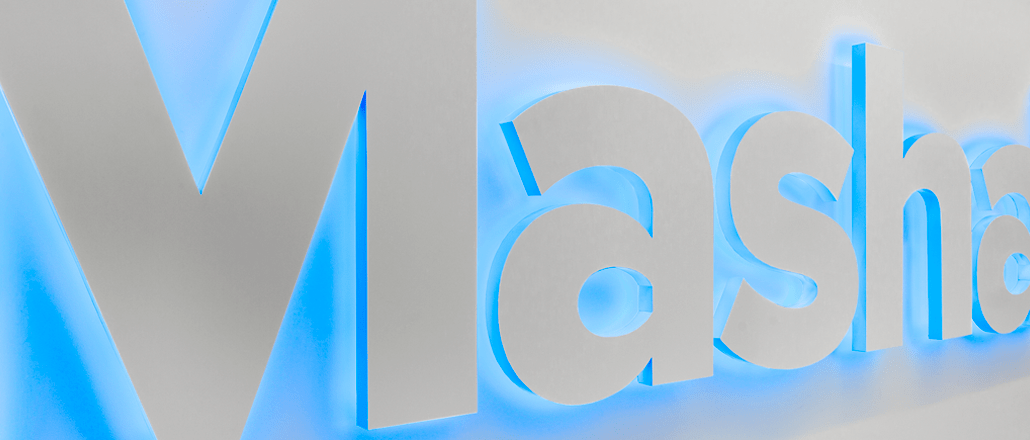Connect with execs from The New York Times, TIME, Dotdash Meredith and many more

Mashable got its start covering the ins and outs of social media and technology. These days, it’s trying to sell some tech of its own.
For the past 18 months, Mashable has licensed to agencies Velocity, its viral-prediction tech that editors use to find what’s starting to trend in social media. It has found early traction with external partners. Dentsu agency 360i signed up as the first agency partner last June, joined by MEC Global in October. Now, PR agency Golin has signed on to use the tech to monitor media coverage of the Pope’s U.S. tour in September. .
By looking at the stories gaining the most traction online, Golin was able to tell the Catholic Church’s press team what questions to expect during press briefings during the tour. Geeta Patel, Golin’s director of analytics and social listening, said that Velocity has helped the agency “understand the intersection between media and social.”
For MEC, Velocity has helped it tap into the real-time Web and get a jump on big stories before they happen, according to MEC social media director Lynn Sladowski.
“As social and digital marketing means creating more content, a lot of advertisers are struggling to figure out how to tell the right types of stories and using the stories already out there in more meaningful ways,” she said. “Velocity is about being better at taking advantage of stories as they come up.”
MEC has used Velocity in a variety of campaigns for multiple clients over the last year. During the Consumer Electronics Show in January, for example, Velocity helped MEC and its client (whom Sladowski declined to identify) monitor event coverage and find the emerging stories that best embodied the brand’s values, Sladowski said.
Mashable’s relationship with 360i is less clear. The agency was an early adopter but wouldn’t comment on how much it’s using Velocity today. “We used our exclusive first access to explore the technology and how it could inform advertising across paid, owned and earned, while helping Mashable identify ways to further build it out for advertisers. Now that period has ended, we evaluate and use Velocity based on individual client needs,” said a company spokesperson.
Mashable’s ongoing development of Velocity comes as cracks have appeared in the narrative that publishers are well-suited to create and license their own tech. Gawker Media and Say Media have embraced the idea of being tech companies, which attract higher venture capital valuations compared to their media counterparts. Mashable, which fancies itself a “tech and media” company, has also caught the fever.
But publishers can quickly find themselves out of their depth when it comes to building their own technology and finding customers for it. Former Gawker Media editorial director Joel Johnson once estimated that Gawker had spent up to $20 million developing Gawker’s homegrown publishing platform, Kinja, over the last few years. Gawker has since abandoned its effort to pitch Kinja to other companies.
But unlike Gawker, Mashable has no intention of sharing its tech with other publishers, which are obviously its competition. “It was a strategic decision to not license this to publishers,” said Mashable CTO Robyn Peterson. “We like to think of Mashable as our only publishing client.”
More in Media

Three publishers’ workforce diversity reports show DEI efforts remain sluggish
Overall, staff diversity at The New York Times, Hearst and Condé Nast has either marginally improved or stalled in 2024, according to their annual workforce diversity data this year.

Retail media meets publishing: News UK, Future and Ocado tap clean room tech for smarter data targeting
News UK, The Independent, Immediate Media and Future are teaming up with retail media network Ocado to test clean room-powered data matching.

From sidelines to spotlight: Esports events are putting creators center stage
Esports events’ embrace of content creators reflects advertisers’ changing priorities across both gaming and the wider culture. In the past, marketers viewed esports as one of the best ways to reach gamers. In 2025, brands are instead prioritizing creators in their outreach to audiences across demographics and interest areas, including gaming.





